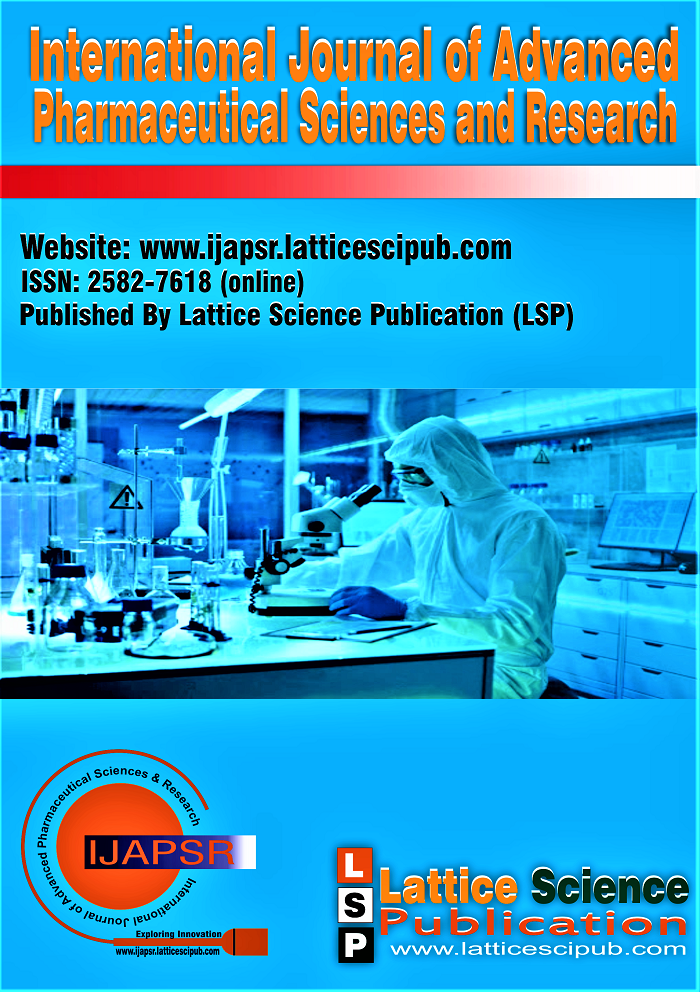Hemoglobin Levels Estimation using Aspen Hb Meter
Main Article Content
Abstract
Hemoglobin (Hb) is an iron-containing metalloprotein present in red blood cells that carries and transports oxygen from the lungs to the tissues. Hb is an essential clinical parameter to evaluate since its insufficiency is recognised to be the major cause of anaemia. In general, the Hb measuring procedure necessitates a complex and costly laboratory setup staffed by highly experienced specialists. In underdeveloped nations, especially in rural and distant places, such a complex setup and knowledge is difficult to construct. As a result, a quick and portable Hb diagnostic test is urgently needed to improve test accessibility in these places, with the added benefit of offering point-of-care diagnostic tests (POCT) at the patient’s door and in the field for mass screening at lower costs. Aspen Hb meter, developed by Aspen Laboratories Pvt. Ltd and available on the market, is one such instrument. Aspen Hb meter has 94 % accuracy, 93.3 % sensitivity and 94.8% specificity when compared to an automated haematology analyzer (Serachem SC-60+). As a result, the Aspen Hb meter was shown to be an acceptable POCT device for Hb monitoring in clinical and field settings.
Downloads
Article Details

This work is licensed under a Creative Commons Attribution-NonCommercial-NoDerivatives 4.0 International License.
How to Cite
References
Chaparro CM, Suchdev PS. Anemia epidemiology, pathophysiology, and etiology in low- and middle-income countries. Ann N Y Acad Sci
; 1450: 15. [CrossRef]
Ekiz C, Agaoglu L, Karakas Z, et al. The effect of iron deficiency anemia on the function of the immune system. elabmarkets.ir.
GSh S, Nikulicheva V, laboratornaia AB-K, et al. Comprehensive evaluation of the immune system and various cytokines in patients with
iron-deficient anemia. europepmc.org.
Beard J. Neurocognitive Function and Trace Elements Iron Deficiency Alters Brain Development and Functioning 1,2. J Nutr 2003; 133:
–1472. [CrossRef]
Soliman A, De Sanctis V, Kalra S. Anemia and growth. Indian J Endocrinol Metab 2014; 18: S1. [CrossRef]
Iron-Deficiency Anemia | NHLBI, NIH.
Lozoff B. Iron deficiency and child development. Food Nutr Bull; 28. Epub ahead of print 2007. DOI: 10.1177/15648265070284S409.
[CrossRef]
Gardner W, Kassebaum N. Global, Regional, and National Prevalence of Anemia and Its Causes in 204 Countries and Territories, 1990–2019.
Curr Dev Nutr 2020; 4: 830–830. [CrossRef]
Subramanian S V, Balarajan Y, Ramakrishnan U, et al. Anaemia in low-income and middle-income countries. Lancet 2011; 378:
–2135. [CrossRef]
Stevens GA, Finucane MM, De-Regil LM, et al. Global, regional, and national trends in haemoglobin concentration and prevalence of total
and severe anaemia in children and pregnant and non-pregnant women for 1995-2011: A systematic analysis of population-representative data. Lancet Glob Heal 2013; 1: e16–e25. [CrossRef]
Rosenblit J, Abreu CR, Szterling LN, et al. Evaluation of three methods for hemoglobin measurement in a blood donor setting. Sao Paulo Med J 1999; 117: 108–112. [CrossRef]
Neogi SB. Methods for Hemoglobin Estimation: A Review of ‘What Works’ Related papers.
Karakochuk CD, Hess SY, Moorthy D, et al. Measurement and interpretation of hemoglobin concentration in clinical and field settings: a narrative review. Annals of the New York Academy of Sciences 2019; 1450: 126–146. [CrossRef]
Parker M, Han Z, Abu-Haydar E, et al. An evaluation of hemoglobin measurement tools and their accuracy and reliability when screening for child anemia in Rwanda: A randomized study. PLoS One 2018; 13: e0187663. [CrossRef]
Vmnis. Haemoglobin concentrations for the diagnosis of anaemia and assessment of severity.
World Health Organization. Nutritional Anaemias : Tools for Effective Prevention. 2017.
Chhabra G. Automated hematology analyzers: Recent trends and applications. J Lab Physicians 2018; 10: 15. [CrossRef]
Schoentag RA. Hematology Analyzers. Clin Lab Med 1988; 8: 653–674. [CrossRef]





